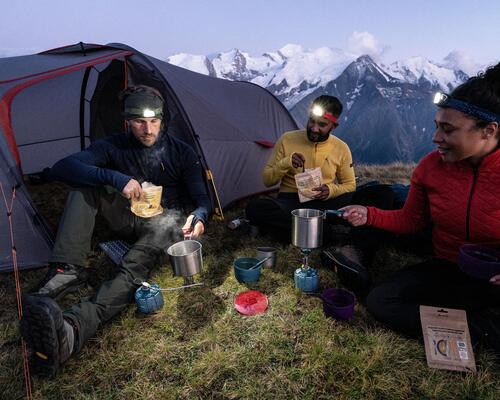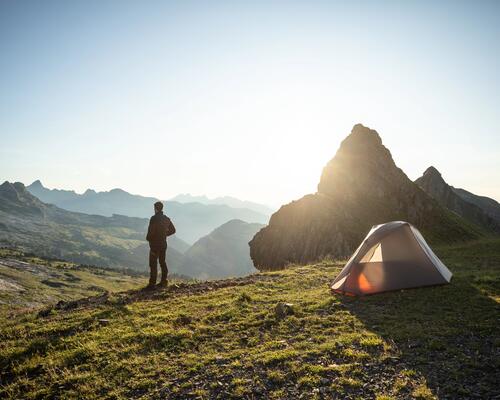What is the difference between dehydrated and freeze-dried?
The purpose of freeze-drying and dehydration is to remove water from food so that it can be kept for a longer period of time, while preserving its nutritional properties as much as possible. Indeed, the presence of water favours the appearance and development of harmful micro-organisms.
Drying food in the sun or wind is an ancient technique for preserving food outside of harvest periods. You can experiment with dehydration at home by putting slices of dried fruit in your oven (apples, mushrooms, etc.), provided you are patient: food should be left to dry at low temperatures for a long time so that it is not cooked. Professional dehydrators are available for sale, but their cost can be high.
Freeze-drying or dehydrating food makes it lighter and more compact, and therefore easier to transport!
>> Dehydration is the partial evaporation of water from a food, which concentrates its nutrients and slightly alters the nutritional properties. The food can then be stored for about 2 years and then easily rehydrated with hot water.
>> Freeze-drying is a form of cold dehydration: it begins with a freezing phase and then total dehydration called sublimation. Freeze-drying has the advantage of better preserving the nutritional qualities and taste, guaranteeing a longer shelf life and allowing rehydration in hot OR cold water, which is practical in the event of problems with heating the water. In fact, there is a freeze-dried product that you probably already have at home: instant soluble coffee!








